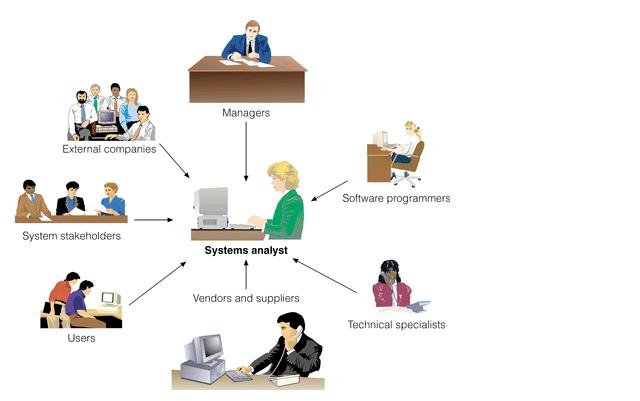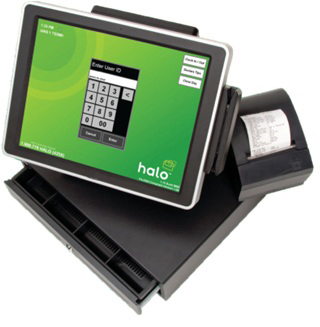The INFORMATION SYSTEM plays a major role in the organization by satisfying the diverse needs through a variety of systems such as Query systems, Analysis systems, Modeling systems and Decision support systems. It helps the Clerical personnel in transaction processing and answers their queries on data pertaining to transaction. It helps junior management by providing operational data for planning and control, and helps them in Decision-making. It helps the Middle management in short-term planning, target setting and controlling business functions. It helps Top management in goal setting, planning and evolving business plans and their implementation.
OPERATIONAL-LEVEL SYSTEMSAt the operational level are transactions processing systems through which products are designed, marketed, produced, and delivered.… Read the rest



